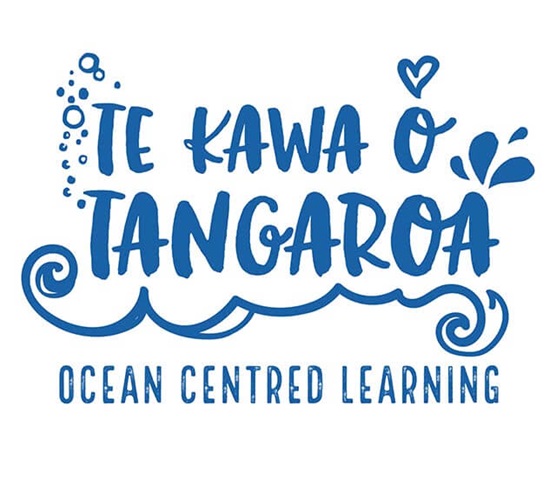Big Blue Future New Zealand is a platform to build public support for sustainable fishing and promote ocean literacy.
Inspire the next generation of ocean heroes
Support the UN Ocean Decade aim of inspiring a generation of ocean leaders by 2030.
Promote ocean literacy with our Te Kawa O Tangaroa resources - an ocean-centred learning programme focussed on solutions to overfishing and how we can keep our ocean teeming with life.
Little blue label, big blue future
The little choices we make have a big ripple effect.
The Hoki we tuck into can help encourage ocean-friendly fishing. The shellfish we share with friends can help safeguard a species. The fish fingers we cook for our kids can help protect a whole ecosystem. The tuna we enjoy can support livelihoods and communities.Make sure there's enough fish in the sea for the next generation. For a future full of fish, choose seafood with the blue fish tick.
Discover the story of New Zealand Hoki
New Zealand Hoki is a little known fish loved by millions around the world.
Find out how the Kaitiaki – guardians of the ocean ensure this iconic New Zealand fishery feeds people from 52 countries and helps smooth out wrinkles.
Get cooking with sustainable seafood
What you put on tonight’s menu can define what’s on tomorrow’s. When you see the blue fish tick, you’re choosing sustainable seafood that will preserve our ocean – so future generations can enjoy the same delicious meals we do.
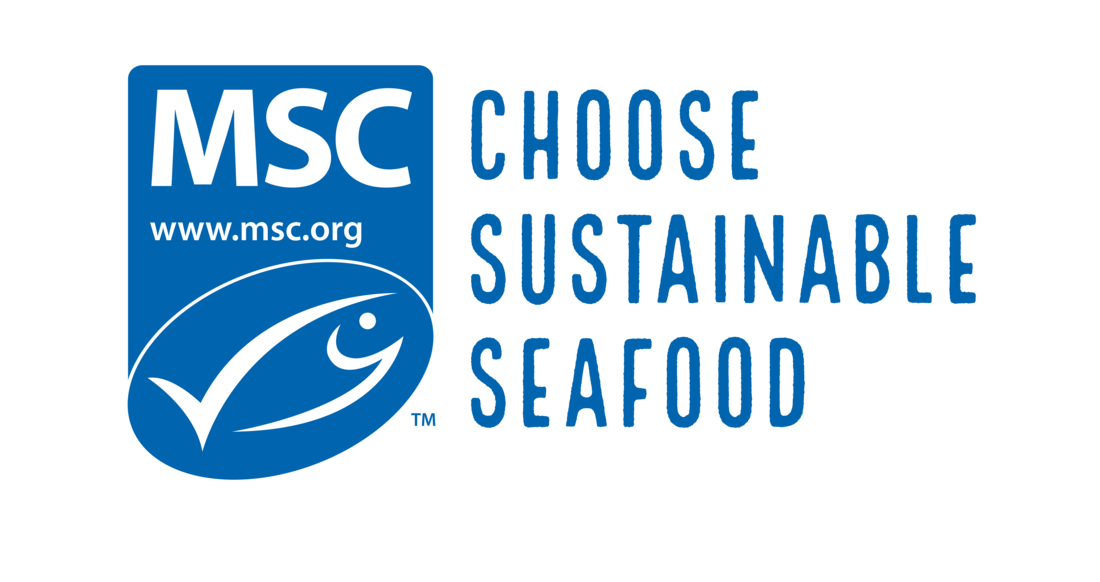
Find the blue fish tick on seafood at your local supermarket

Ingredients
Method
Atjar (pickled cucumber)
- 150ml / 5 fl oz / ⅔cup white wine vinegar
- 2 tbsp sugar
- ½ cucumber, halved lengthwise, deseeded and sliced
Nasi Goreng (Indonesian fried rice)
- 300g / 10 oz / 1 1/3 cups long-grain rice
- 6 free range eggs (RSPCA approved)
- 1 shallot, chopped
- 2 garlic cloves, finely chopped
- 1 leek, white part only, finely sliced (reserve some for garnish)
- 1 red chilli (chile), deseeded and finely sliced
- 1 small head of Chinese cabbage, washed and finely shredded
- 1 carrot, finely diced
- 2 spring onions (scallions), trimmed and finely sliced
- 400g / 14 oz medium-sized MSC cerified raw prawns (shrimp), peeled and deveined
- 2 tbsp fish sauce
- 2 tbsp sweet soy sauce
- 2 tbsp soy sauce
- 4 sprigs of coriander (cilantro), leaves roughly chopped
- prawn crackers (shrimp chips)
- sambal oelek (chili sauce or paste)
- groundnut (peanut) oil for frying
- salt and pepper
When shopping for sustainable seafood, look for the MSC blue fish tick label to be sure.

To make the atjar
- Heat the vinegar and sugar in a small saucepan over a low heat, stirring until the sugar dissolves.
- Leave to cool and then add the cucumber slices.
- Leave to marinate in the refrigerator for at least 1 hour.
To make the nasi goreng
- Cook the rice in plenty of lightly salted water, following the instructions on the packet. Leave the cooked, drained rice to steam dry in the pan. Leave to cool.
- Heat a little groundnut (peanut) oil in a frying pan (skillet) over a medium-high heat and fry four of the eggs (one egg per serving).
- Season the eggs to taste with salt and pepper, remove them from the pan and keep warm under a sheet of foil.
- Heat 2 tablespoons of groundnut oil in a wok (or large frying pan) over a high heat and stir-fry the shallot, garlic, sliced leek and chilli (chile).
- Add the cabbage, carrot and spring onions (scallions) and stir-fry for a further 1 minute.
- Push the vegetables to one side of the pan and crack in the two remaining eggs. Fry, stirring constantly, until the eggs have set.
- Stir the cooked egg into the vegetables, add the rice and stir-fry for 1 minute.
- Add the prawns (shrimp), stir-fry for 2 minutes and then pour in the fish sauce, sweet soy sauce and soy sauce and toss everything together.
- Stir-fry for 1 minute, taste and season with salt.
Serving instructions
Serve the nasi goreng with the coriander (cilantro) and reserved sliced leek scattered over, topped with the fried eggs. Serve the atjar, sambal oelek and prawn crackers (shrimp chips) separately.
Photo credit: David Loftus
Recipes taken from Bart’s Fish Tales by Bart van Olphen, published by Pavilion Books.
When is Big Blue Future New Zealand?
Aotearoa New Zealand is a proud nation of seafood and ocean lovers. As Kiwis, we demand a sustainable future and we are willing to act on it.
Big Blue Future New Zealand is year-round. After all, our ocean needs protection more than ever!
Despite this, there are some key dates around the year to focus on a Big Blue Future, such as:
- Sea Week, 5-13 March
- World Penguin Day, 25 April
- World Ocean Day, 8 June
- Shark Awareness Day, 14 July
- World Fisheries Day, 21 November
- International Antarctic Day, 1 December
Partnering for a Big Blue Future
Together, the MSC and its partners are promoting ocean literacy in schools and to the public. Visit our partners to find out more:
Get involved
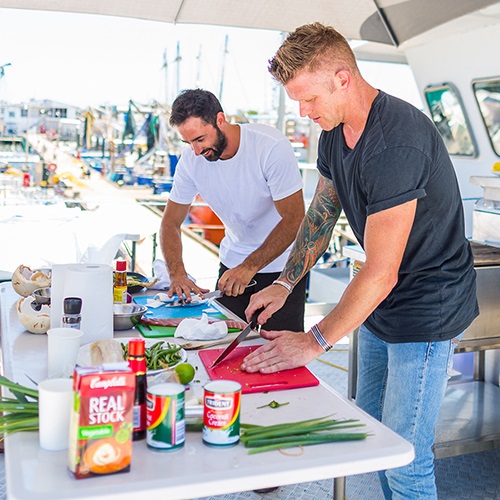
Sign up for updates
Become a Wild One and discover ways you can help keep our ocean healthy. Sign up for regular updates, recipes and stories.
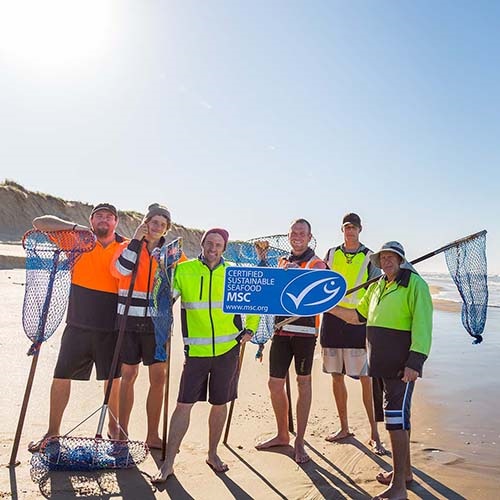
Sustainable fishery examples
We're part of a collective effort to restore ocean health. Read the inspirational sustainable fishery stories about passionate people fishing with the future in mind.
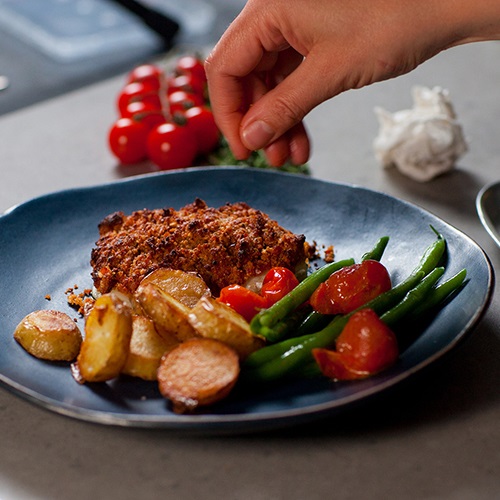
Sustainable fish recipes
Chefs and seafood lovers from around the world share quick and tasty ways of cooking MSC certified seafood.




